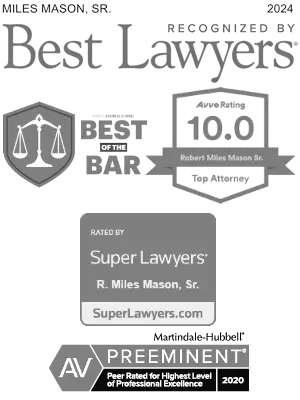Want to Build a Sound Retirement Plan?
- At November 18, 2016
- By Miles Mason
- In Recommended Reading
 0
0

Bill Drennan, Northwestern Mutual, Guest Blogger
Want to Build a Sound Retirement Plan? Start with These Three Essential Steps
Like most people, you may find it difficult to predict what you’ll be doing a year from now, let alone in one or more decades. Yet the ability to project into the future may be crucial to making long-term financial goals more achievable, according to a recent study.
In fact, researchers at Stanford University reported in the Journal of Marketing Research (Volume XLVIII, November 2011) that people who took time to imagine themselves as retirees reported that they would save twice as much as those who didn’t.
It makes sense. In order to save enough for a financially secure retirement, you first need to know what you want your retirement to look like. It is only then you can create a plan that takes into account the three essential components of a sound retirement plan: protecting your assets by managing the risks of retirement, creating income that lasts your lifetime, and planning your legacy.
Visualizing Your Goals
The process of wealth accumulation typically begins when you start earning a paycheck and continues throughout your career. It involves a consistent plan of saving and investing to help you build financial security for the future. But how much savings will you need? The answer depends on the lifestyle you hope to have in retirement.
Start by imagining life once you stop working: Where would you like to live? What activities would you like to pursue? How much travel do you plan on doing? Do you see yourself volunteering? Working part time? Pursuing new educational or business interests?
The clearer the picture, the easier it will be for you to quantify what you’ll need to make your goals a reality. If you’re married, don’t forget to get your spouse’s input. Your partner is likely to have his or her own views on what constitutes a comfortable retirement.
Step 1: Protect Assets by Managing Retirement Risks
As you think about your retirement goals, it’s crucial to also understand and manage six key risks that can impact your financial security in retirement.
Those risks include (1) longevity risk and the very real possibility that your retirement income may need to last three or more decades once you stop working; (2) market risk and the chance that a market downturn could significantly impact the amount of money you may have to live on in the future; (3) inflation and tax risk, and how both can take a significant bite out of your budget; (4) health care risk and the damaging affect rapidly increasing medical costs may have on your future financial security; (5) long-term care risk and the possibility that you may require unexpected extended care in the future—that’s not covered by Medicare; and (6) legacy risk and the need to balance your desire to provide for your heirs with the need to fund your own retirement.
Step 2: Create Income that Lasts a Lifetime
Once you have taken steps to manage against the risks in retirement, you will want to take steps to optimize your income in retirement. An important part of this involves turning all or part of your accumulated assets into a steady, predictable stream of income that can meet your needs throughout your entire lifetime.
A prudent distribution plan doesn’t rest on one scenario, however. It considers the possibility that the economy, the markets and/or your needs may change over time. It factors in all your sources of retirement income, such as Social Security, pensions and any other retirement plans you may have. It provides a strategy to help you prioritize and manage your retirement distribution and rollover options so that you can maximize the potential of both your tax-deferred and taxable accounts. And finally, it considers various planning solutions, such as income annuities, that are specifically designed to provide a foundation of retirement security by providing a guaranteed income for life.
Step 3: Plan for Future Generations
For many people, creating a legacy to benefit loved ones, future generations and/or a favorite charitable organization is an important part of their vision for retirement. Some retirees try to plan their charitable giving with the very same assets used to fund retirement. The problem is, this can potentially jeopardize the legacy they hoped to create.
Even if you don’t consider yourself wealthy, a well-thought-out plan can help you maintain your lifestyle in retirement while ensuring that your assets go to the people and organizations you want, when you want. In many cases, permanent life insurance, which provides both the ability to build cash value over time to meet your future cash needs and protection for your heirs, can be an important estate planning tool to make this happen.
Don’t go it alone
Financial security in retirement is something you can achieve with confidence when you start with a clear vision of what you want in the future and put in place the right combination of tailored solutions to address key risks and optimize income.
This is where professional guidance can make a difference. A qualified financial representative can assess your individual circumstances and develop a customized plan designed to generate a lifetime income that can help bring your vision of retirement to life.
Article prepared by Northwestern Mutual with the cooperation of Bill Drennan. Bill Drennan is a Financial Advisor with Northwestern Mutual, the marketing name for The Northwestern Mutual Life Insurance Company (NM), Milwaukee, Wisconsin, and its subsidiaries.
Bill Drennan is based in Memphis, TN. To contact Bill Drennan, please call (901) 260-2167, e-mail at bill.drennan@nm.com, or visit billdrennan.nm.com.









